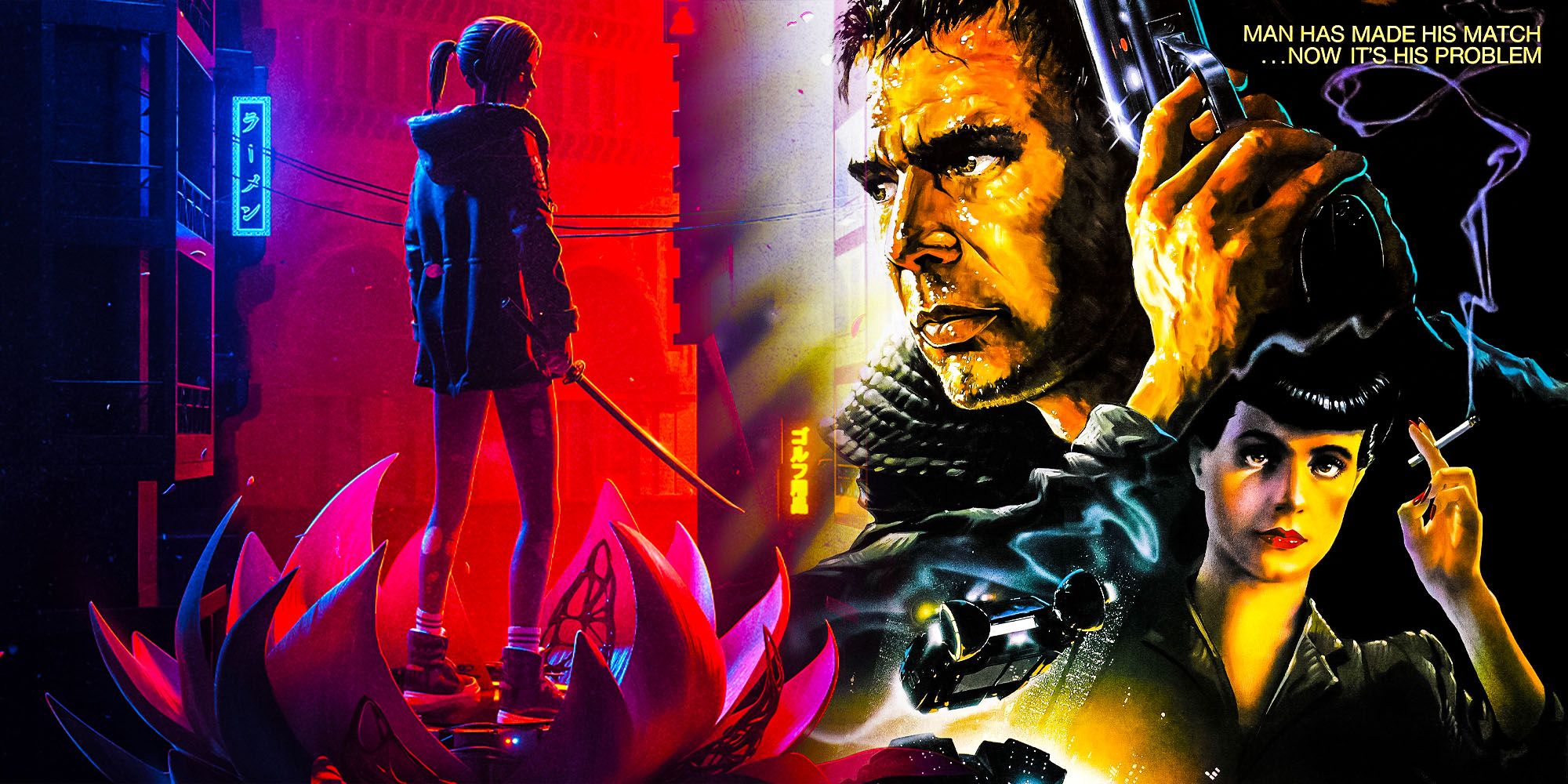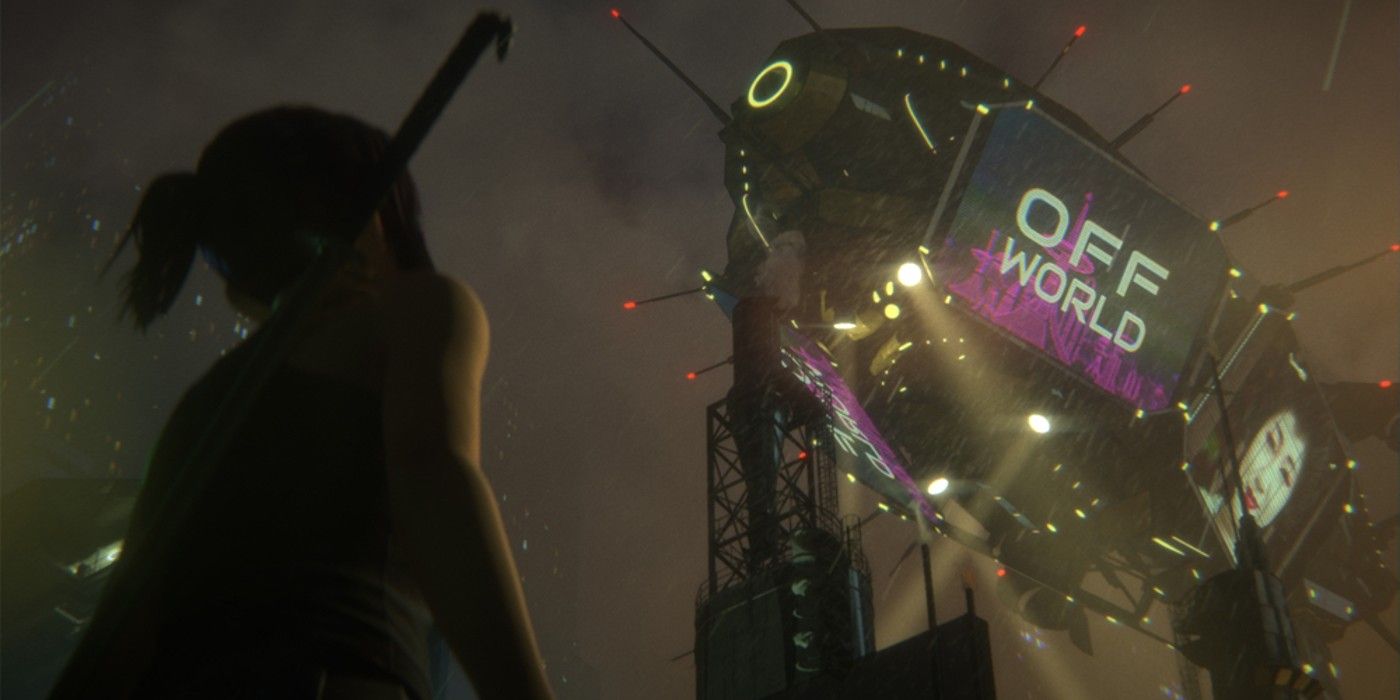Warning: The following contains SPOILERS for Blade Runner: Black Lotus, episode 2, "All We Are Not."
The first two episodes of Blade Runner: Black Lotus have proven that the showrunners have a better grasp on the themes of the original film than the creative team of Blade Runner 2049. The new anime series perfectly captures the horror experienced by most replicants, the synthetic lifeforms sold as being "more human than human." Many fans of the franchise thought this aspect of the series was largely forgotten by the sequel to the original film, but the series ups the ante with the revelation that some rich hunters bought replicants purely for the purpose of hunting them for sport, ala The Most Dangerous Game.
Set firmly between the first two films in the Blade Runner timeline in 2032, Blade Runner: Black Lotus centers upon an amnesiac young woman named Elle, who showcases surprising fighting skills. Seeking out familiar faces and locations from what few flashes of memory she has, Elle fixates upon Senator Bannister, whom Elle confronts in a private box at an underground fighting arena. The senator recognizes Elle and asks how she survived their encounter in the desert outside Los Angeles, before explaining to her that she is a replicant who was "made to be hunted."
In the original Blade Runner, the first replicants were created for those jobs considered too dangerous for the increasingly small population of organic humans following a nuclear war that rendered much of the Earth uninhabitable. As replicants became more advanced, they rebelled against their creators. This led to replicants being made illegal on Earth and the creation of new replicants being outlawed completely in 2022. This law was reversed in 2036 with the creation of the Nexus-9 replicants, which were bred to be completely loyal to their human creators. By 2049, Nexus-9 replicants were allowed to live on Earth, but only to perform those jobs deemed too dangerous for organic humans. Many fans of the original film felt this went against the core concept of the series, as any conflict the Nexus-9 Blade Runner K might feel about hunting his own people went largely unexplored in favor of the mystery posed by a replicant woman that somehow gave birth.
The revelation that replicants were being built to be hunted is horrific, but fits with another detail revealed in Blade Runner: Black Lotus episode 1, "City of Angels." As Elle wandered Los Angeles, she heard an advertising blimp encouraging people to move to the off-world colonies by promising a new incentive; a free "loyal, trouble-free companion," fit to act as "a personal body servant or a tireless field hand." This is comparable to the real-world practice of governments giving slaves to colonizers settling a new territory, but also established the idea that replicants have become a custom-order luxury commodity in 2032.
This seems to contradict the history established by the short prequel films to Blade Runner 2049, which showed that replicants were not relegalized on Earth until 2036. It's possible that replicants were still legal off-world and that Elle and the other replicants hunted by Senator Bannister were brought to Earth illegally as a favor from a powerful patron. However, this raises the question of how advertisers can promise loyal servants when the loyal Nexus-9 replicants are years away from being created. In any case, Blade Runner: Black Lotus has firmly established that it is committed to exploring the inhumanity of man and the deeper philosophical questions of morality and mortality that the original Blade Runner considered and the sequel largely ignored.


